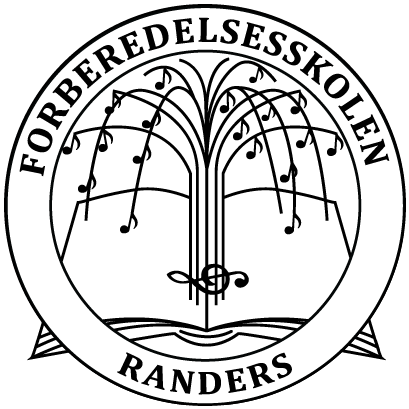Traffic Policy

At Forberedelsesskolen we want to ensure that all pupils are able to travel safely in traffic. The school-head informs parents at the first parents’ meeting in 0th grade, about the traffic conditions near the school and about the school patrol. Where possible, it is important that the pupils learn to navigate traffic by either cycling or walking to school. This provides better road-users, less traffic chaos and more security for everyone. Parents in cars are encouraged to drop off their children using either Prins Christiansgade, Hobrovej (on the correct side of the “no stopping” sign), Reiersensvej or Gethersvej, and not right on the school doorstep.
School patrol
To better ensure the pupils’ safety near the school, a school patrol is stationed at the pedestrian crossing on Hobrovej every morning. The school patrol is in place Monday to Friday from 7.45 to 8.10. The patrol consists of students from 6th to 9th grade, though mostly 6th grade. Parents must give written permission for their child to be part of the school patrol. School patrol training takes place at the beginning of the 6th grade with both theory and practical, where pupils work with amongst other things: the school patrol’s equipment, roles and responsibilities, placement and function, safety. The course ends with an exam.
School Bike Rides
All cyclists – children as well as adults – must use a bicycle helmet. Before each trip pupils learn the route and how to ride as part of a large group. The route with the least traffic is chosen, preferably on a cycle path. The pupils cycle one after the other. It is the parents’ responsibility to make sure their child’s bicycle is in proper working order. Adults bring a mobile phone with them on every trip.
Traffic Education 0th to 3rd Grade
The focus areas are:
– How do I get to and from school safely?
– How do I travel safely in the local area?
– Respect for the school patrol.
– Respect for other road users (bicycles, mopeds, cars, lorries and buses).
– What traffic rules are there for pedestrians?
– What do the road signs mean for pedestrians?
– What significance does the change in the seasons and the time of day have for pedestrians?
– Basic precautions in the event of a traffic accident, including calling for help.
0th grade works with: “The Pedestrian Test”.
3rd grade works with: “The Little Cyclist Test”; maneuver-training on a bicycle in a closed area; children’s motivity skills, as part of physical education lessons.
Traffic Education 4th to 6rd Grade
The main focus areas are:
– The relationship between “soft” and “hard” road users.
– My responsibility in traffic.
– What traffic rules are there for cyclists?
– What do the road signs mean for cyclists?
– How do I ride safely and correctly in traffic?
– The bicycle helmet.
– The safety of a bicycle in terms of lights, reflectors, brakes and bell.
– Risk in relation to different seasons and the time of day.
6th grade works with “Safe Cyclist” as a theoretical foundation before taking the “Cyclist Test”. We use “SikkerTrafik” online material. The test is organised and held by the local police force and the school’s contact person. Before the test the pupils take a practice ride on the test route, as well as thoroughly review the safety and regulations of the route using google maps.
Traffic Education 7th Grade Upwards
The main focus areas are:
– Traffic theory: knowledge of traffic rules in relation to yourself and others.
– The road user’s responsibilities and obligations, for himself and for others.
– Interaction and risks in specific traffic situations and in relation to different times of day and seasons.
– Traffic and stimulants.
– Role-models for younger children.
9th grade are paid a visit by an ambassador from “Sikker Trafik LIVE” and work with the material “Skillevej”. In addition to this they work with the material “360º” and various newspaper articles about traffic accidents. Teaching is also based on the pupils’ own traffic experiences.

